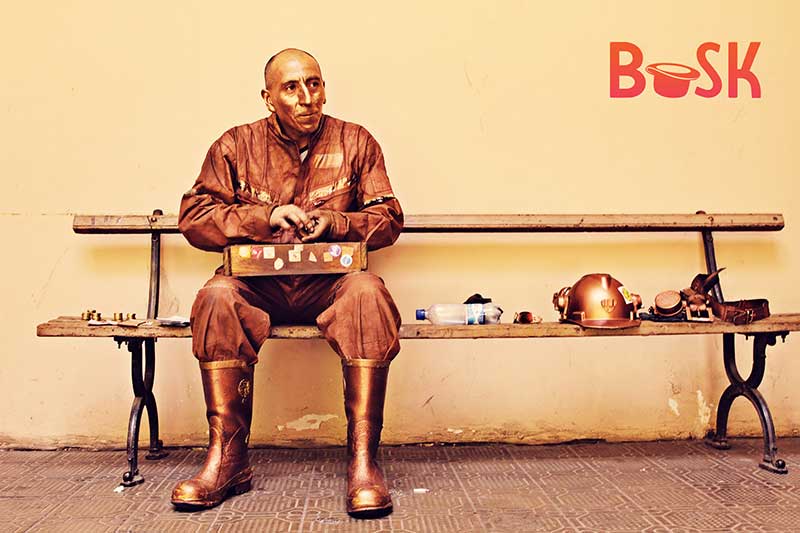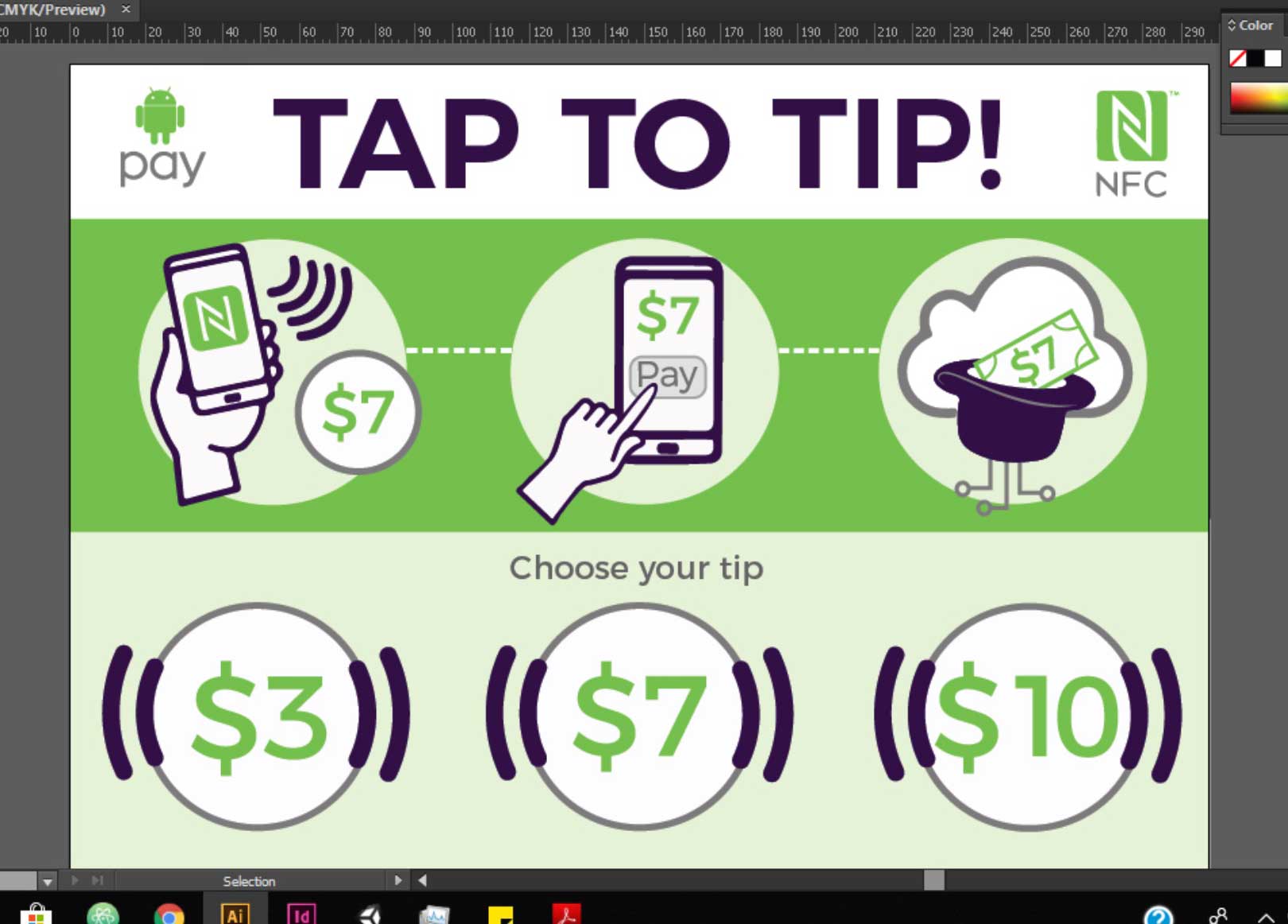What would stop a council voting to ban busking?
What would stop a BID from banning amps?
What would prove the benefits buskers provide?
Research.
Unfortunately, this research has never been done. So, we’ve teamed up with Monash University’s “Street Music Research Group” to go do some.
INTRODUCING: THE STREET MUSIC RESEARCH GROUP!
In June, Lily and I went to Melbourne, Australia, to take part in the inaugural meeting of Monash University’s “Street Music Research Group”, which hopes to do the world’s first large-scale study on busking.
Hundreds of cities have reviewed or changed their busking policies in the last decade, and yet the city officials involved in writing new laws are doing so in a complete data vacuum.
They have no idea how much they’re harming the busking community with amp bans, dangerous equipment restrictions or curfews, nor how these policies affect our cities, tourism, mental health, the arts industry, local businesses and so on.
The right research could educate lawmakers on just how bad certain policies are, and arts organisations/urbanists on just how important buskers are.
By the end of the meeting we’d decided to follow six strands of research:

1. An ethnographic perspective of buskers and their audiences
How do laws affect the art buskers produce? One of the ethnomusicologists on our team, Dr Nicholas Tochka, is leading this strand in order to examine;
- the relationship between creativity and public policy;
- contemporary conceptualisation of public space and its “correct” use;
- contemporary musicians’ strategies for creating meaningful careers for themselves as they navigate political, economic, and social structures in Melbourne today.

2. History of busking in the city
The nerd in me LOVES this strand of research, and I can’t wait to read the result. Dr Paul Watt (our research group’s leader) found a report from 1891, commissioned by the British House of Lords, asking ambassadors in Berlin, Paris, Vienna, Madrid, and New York to send in reports on busking in their cities. So, we get to see how busking was viewed (and legislated against) by authorities over 120 years ago! Articles on this to come…
3. Legal regimes and busking
Drs Julia Quilter and Luke McNamara have been researching the impact of laws and licenses on street performers since 2014. Going forwards, they aim to:
- build on previous research how buskers experience local council rules and enforcement practices;
- determine how recent 2016-2017 rule changes in Melbourne and Sydney have affected buskers;
- widen their data pool (e.g. to include buskers who avoid permit systems);
- add the perspective of other public space stakeholders on the effects of regulation, particularly business operators and employers;
- identify other factors that influence musicians and performers to choose to busking (e.g. regulatory environment in licensed premises that may reduce opportunities for venue gigs etc);
- determine whether busking laws impact differently on different categories of buskers (e.g. style/type of performance, gender etc);
- investigate whether/how buskers are impacted on by other public space regulatory mechanisms (e.g. banning orders directed at anti-social behaviour)
- determine how the city council ‘positions’ responsibility for busking (culture, commerce, nuisance, transport etc) – with implications for what sort of regulatory approach is adopted.

4. Geography of busking using GIS or other mapping techniques
Dr Sarah Taylor, the group’s PhD in Geospacial Sciences has previously combined her love of data, music and Geographic Information Systems (GIS) to examine the growth and decline of the live music scene in Melbourne and Sydney. She’ll be bringing her same skills to facilitate the rest of the team with useful map data and geographical research.

5. Economics of busking, and how we value it
While many sociologists, geographers, musicologists and law academics have examined various aspects of busking, there has been very limited research from economists into street performance.
So, Dr Meg Elkins is doing a study exploring how economists can assess the role of street performers in contributing to a creative city, including the economic model of exchange between the busker and the audience, and assess how both the audiences and the artists make decisions and what is valued by both parties in the exchange.

6. Cashless society and technology
This is what The Busking Project is doing. We are now experimenting with how a certain technology could make mobile tap-to-tip payments incredibly easy, cheap to implement, give audiences the ability to select how much they want to tip, and use “giving levels” and the “goldilocks effect” to inspire audiences to give higher-than-average tips (without excluding people who can’t afford to give much).
